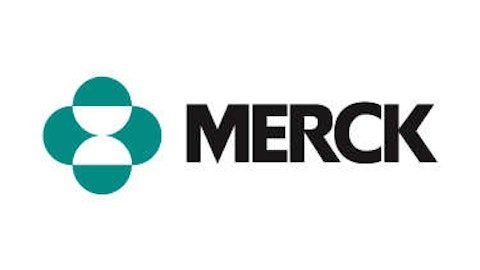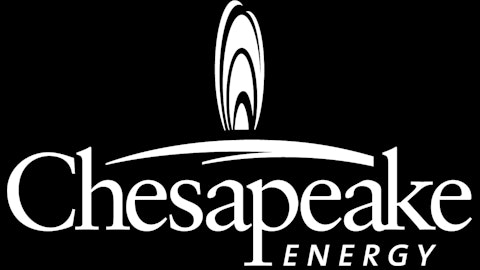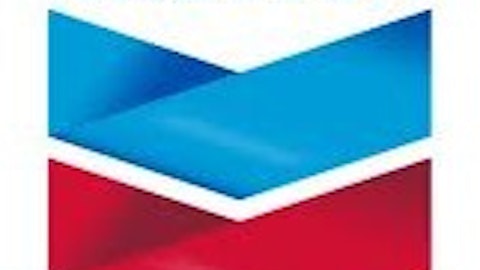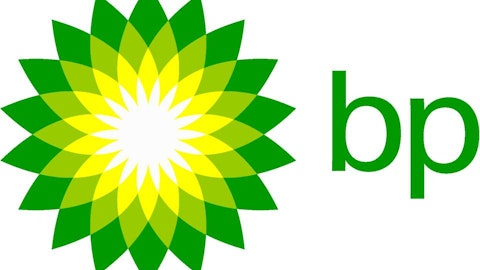
LNG export projects face several regulatory hurdles, including long-delayed time for study and grant of licenses by several agencies like the Federal Energy Regulatory Commission (FERC) and the Department of Energy (DOE). On May 17, the DOE reported that it approved the Freeport LNG Expansion and FLNG Liquefaction project to export LNG to countries without a free trade agreement with the U.S. ConocoPhillips (NYSE:COP) owns a 50% interest in the general partner entity responsible for managing construction and operations of Freeport LNG and has agreed to provide a substantial majority of the debt financing for the 1.5 Bcf/d Freeport LNG facility.
However, the Freeport facility is still subject to an environmental review and final approval.
Only the second granted export license to non-FTA countries
Freeport LNG has been authorized to export up to 1.4 Bcf/d (billion cubic feet per day) of natural gas for the next 20 years. It is expecting to commence construction in late 2013 and anticipates a construction schedule of approximately four to five years to completion and start-up of the liquefaction project which is currently envisaged to occur in 2017.
In its latest financial highlights, ConocoPhillips (NYSE:COP) reported production of 1,596 Mboe/d for Q1 2013 compared to 1,581 Mboe/d. It reported Q1 2013 earnings of $2.1 billion or $1.73 per share, compared with Q1 2012 earnings of $2.9 billion or $2.27 per share, a drop of 23.8% according to its Q1 2013 earnings release. According to the company, full-year 2013 production from continuing operations is expected to be in the range of 1,485 to 1,520 Mboe/d from which 45% would be natural gas and LNG.
Cheniere Energy still has an edge
Therefore, ConocoPhillips (NYSE:COP) joins a very select group counting only one member since May 17th, Cheniere Energy, Inc. (NYSEAMEX:LNG), whose Sabine Pass project received the very coveted export license to non-FTA countries, on March 2012. Sabine Pass is authorized to export 2.2Bcf/d. Achieving the overall project of export liquefaction should take about three years and is expected to start operating in Q1 2016.
The company reported a net loss attributable to common stockholders of $117.1 million or $0.54 per share for Q1 2013, compared to a net loss of $56.4 million or $0.43 per share for the comparable 2012 period. Results include $34.6 million for this quarter, related to its LNG terminal and pipeline development expenses primarily for its liquefaction facilities including the Sabine Pass terminal. Another of its terminals, Corpus Christi, is in the process to acquire a coveted export license.
Cove Point LNG a strong contender still awaiting approval
Another natural gas producer is waiting approval for its Cove Point LNG terminal. The company is Dominion Resources, Inc. (NYSE:D). According to Dominion, the facility has a storage capacity of 14.6 Bcf with seven storage tanks and a daily send-out capacity of 1.8 Bcf. The export facilities would be designed to process an average of 750 Mcf/d of inlet feed gas and an estimated 4.5 to 5.0 Mtpa (metric tons per annum) of LNG output. The construction of export facilities is expected to begin in March 2014 with commissioning in March 2017.
In its Q1 2013 release, Dominion Resources, Inc. (NYSE:D) declared earnings of $495 million or $0.86 per share, compared to $494 million or $0.86 per share for the same period in 2012. Reported operating earnings amounted to $476 million or $0.83 per share, compared to originally reported operating earnings of $486 million or $0.85 per share for the same period in 2012. Dominion Resources, Inc. (NYSE:D) is well positioned to benefit from its LNG business over the long term if the company can finally receive the approval for its LNG export project. The Cove Point LNG export project will undoubtedly play a major role in the company’s future growth.
A rival outside the U.S. to compete for Europe and Asian markets
Finally, the last project discussed is Angola LNG. Angola LNG’s operation is located in Soyo, 195 miles north of Luanda in Zaire Province, Angola. The project is a joint-venture that includes Chevron Corporation (NYSE:CVX), with a 36.4% stake. The project has a one-train plant of nominal 5.2 million tons per year of LNG production capacity and includes production of NGL and condensate.
Angola LNG should start producing as expected by Q2 2013. As a matter of fact, the potential of the project is estimated at 125 Mcf/d of natural gas and it should be available from the date of plant start-up. Chevron’s share of production would be about 45.5 Mcf/d, a growth of 0.9%, for a total increase of 16,607.5 Mcf/d annually. Therefore, according to Chevron Corporation (NYSE:CVX)’s 2012 annual report, this added production would translate in sales on the U.S. market of $123,305 per day. On the international market, it would translate in sales of $273,000 per day.
Chevron also counts several LNG projects worldwide. The Chevron-operated Wheatstone Project located at Ashburton North in Australia, includes a two-train 8.9 million tons per annum LNG facility with maximum daily production of 1.4 billion feet of cubic natural gas. Moreover, The Gorgon Project, located also in Australia, includes a 15 million tons per annum LNG facility on Barrow Island.The project is a joint-venture operated by Chevron Corporation (NYSE:CVX) with about 47% ownership interest. Chevron’s shareholders are well-served in the LNG plays worldwide with the current projects under way and the company plans to benefit as much as possible to move the LNG to Europe and Asian markets where the prices of natural gas can reach levels up to $14 per MMBtu.
Bottom line
LNG demand in Asia is huge compared with the rest of the world. Counting the capacity of production of the Asia-Pacific region, the capacity can be roughly assessed at 13 Bcf/d, which is significantly insufficient to fill the need of an average 22 Bcf/d of LNG, according to Cheniere Energy, Inc. (NYSEAMEX:LNG)’s March 2013 corporate presentation. Thus, LNG will be in great demand; and with prices three times the average price of U.S. natural gas, exporting companies will be very profitable. Furthermore, according to its 2012 annual report, ConocoPhillips (NYSE:COP) is estimating its net proved reserves at the end of last year, at 3.27 Bboe of natural gas from 3.49 Bboe the year before, totaling 8.6 Bboe of liquids and total resources of 43 Bboe. However, crude oil has increased slightly at 2.78 Bboe compared to 2.74 Bboe in 2011.
According to a new report by ICF International, which analyzed the potential impacts of exporting U.S. LNG. LNG exports would have a net positive effect on the U.S. economy, and the companies willing to export it would be very beneficial. As a matter of fact, the cost of new LNG export terminals would be in the range of $700 to $1,000 per TPA. Then, the capital cost of supplying gas to the terminal depends on North American natural gas market conditions. Assuming a delivered gas price around $6.00/MMBtu implies upstream and midstream investment cost around $2/Mcf which would be about $2,038 per TPA for a 20-year project life. By doing the math, it is easy to understand the benefits of exporting U.S. LNG these days as well as the impressive amount of companies listed on the DOE’s study for export licenses.
Finally, the report studied the impacts of export scenarios ranging from 4Bcf/d to 16Bcf/d if not limited by government regulation. Therefore, the projection is that U.S. LNG exports could have 12% to 28% market share of new LNG contract volumes in 2025 and 8% to 25% percent in 2035.
Currently, ConocoPhillips (NYSE:COP) offers a dividend yield of 4.17% which is more appealing than its industry average of 3.31% or its sector average of 2.72%. I recommend to open a long position on the stock to benefit from the shares’ potential growth. The stock closed recently over $63, and even if it is overvalued at this time, (Morningstar assessing its value at $59,) I believe that the current price will be a great deal three years from now.
Stephan Dube has no position in any stocks mentioned. The Motley Fool recommends Chevron Corporation (NYSE:CVX) and Dominion Resources, Inc. (NYSE:D).
The article The Approval of Freeport LNG Is Only the Second Export License Granted originally appeared on Fool.com.
Stephan is a member of The Motley Fool Blog Network — entries represent the personal opinion of the blogger and are not formally edited.
Copyright © 1995 – 2013 The Motley Fool, LLC. All rights reserved. The Motley Fool has a disclosure policy.




